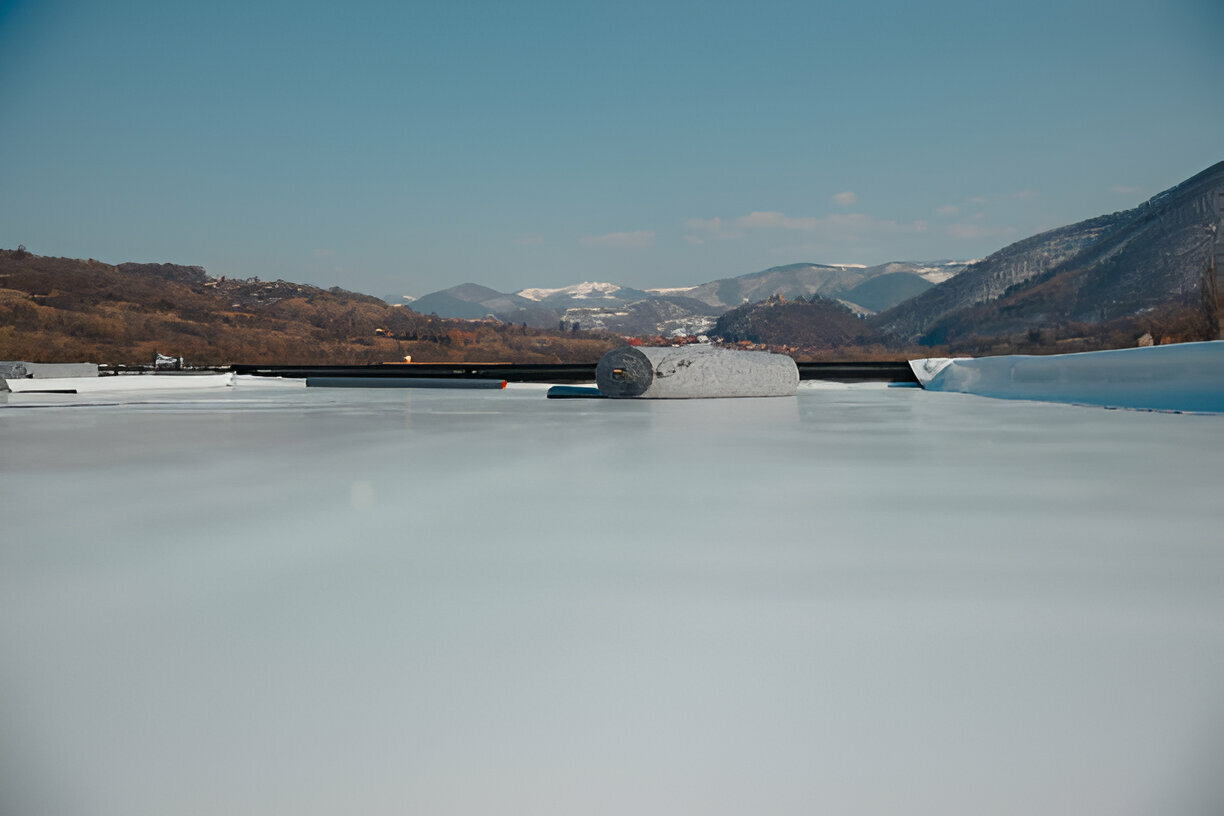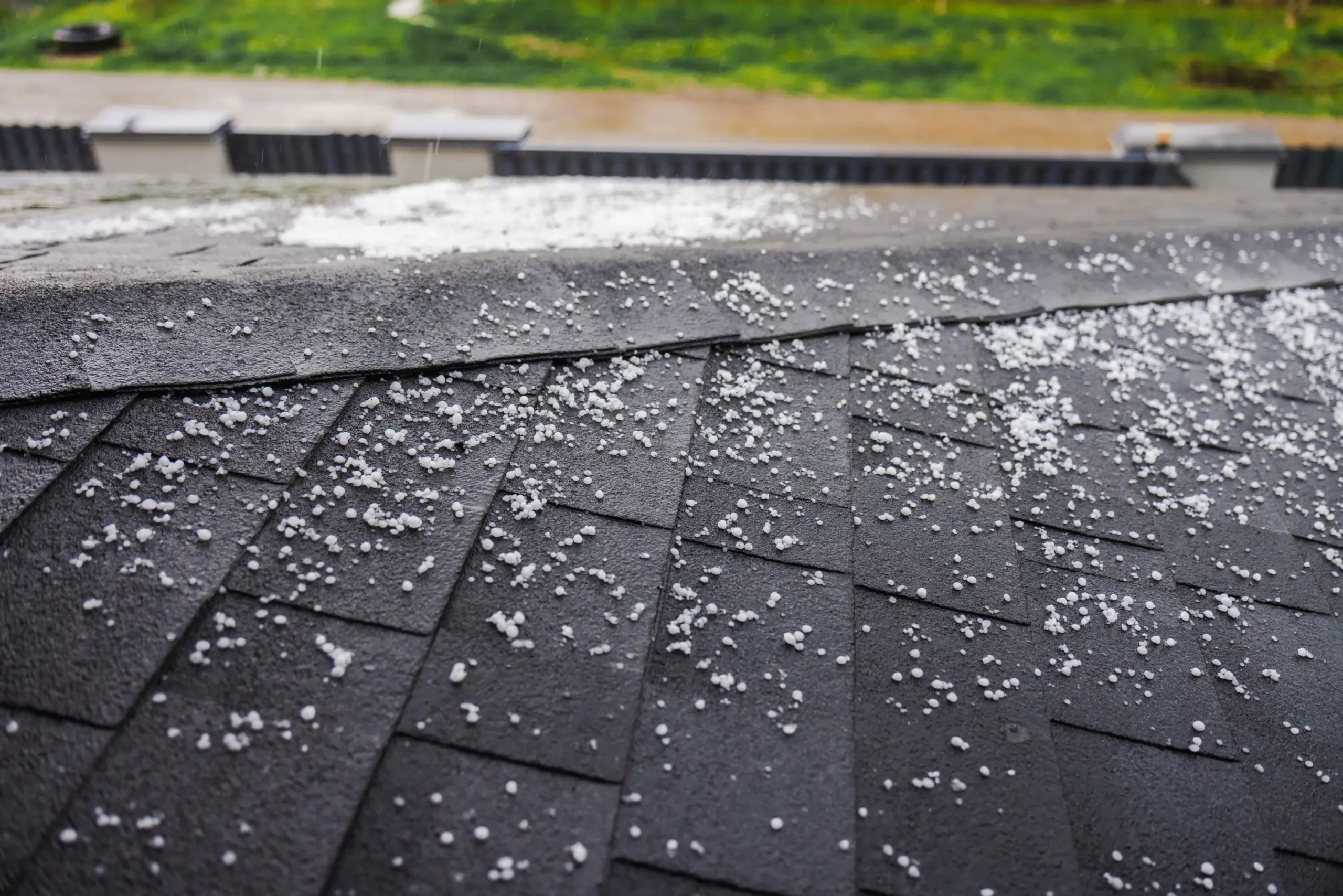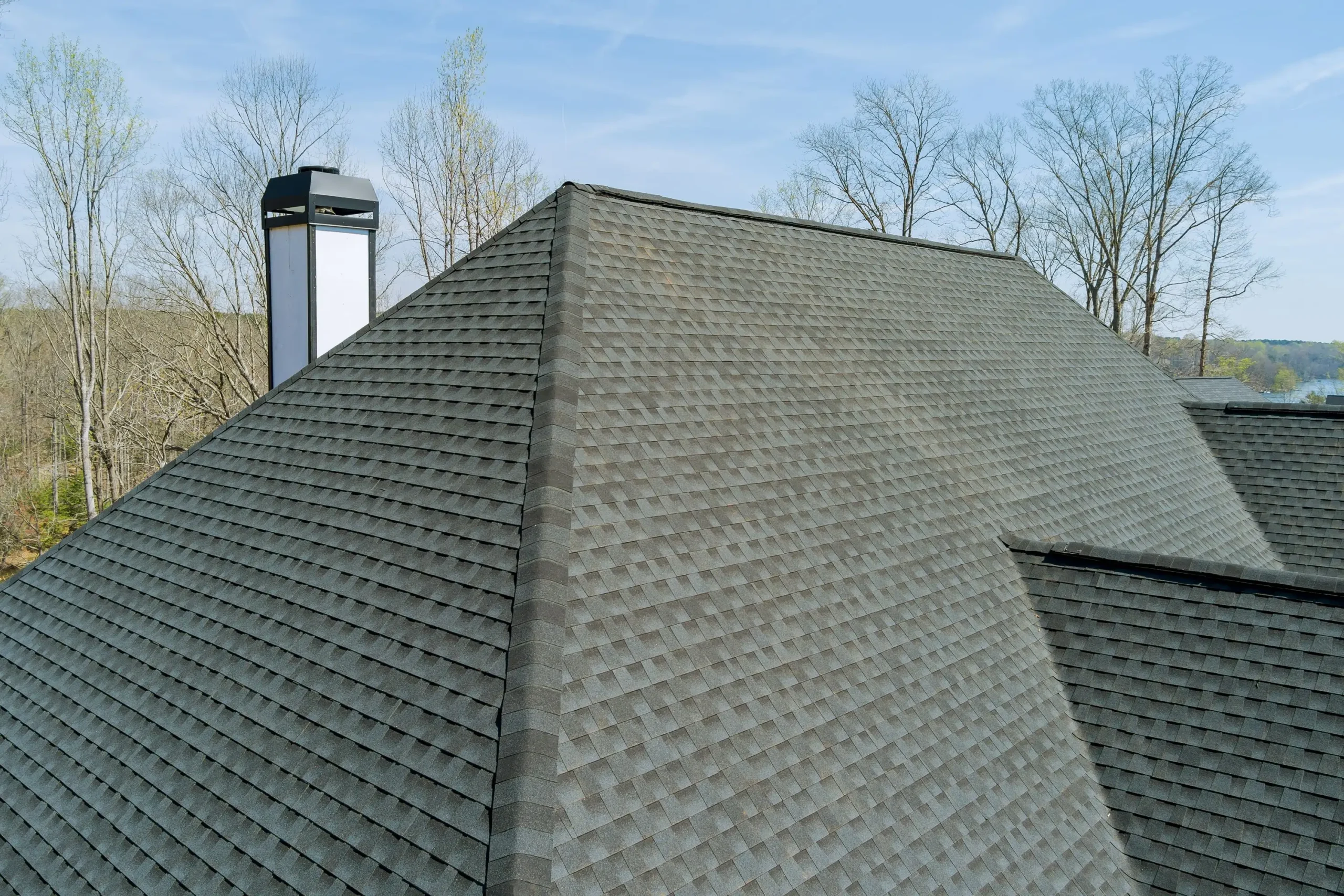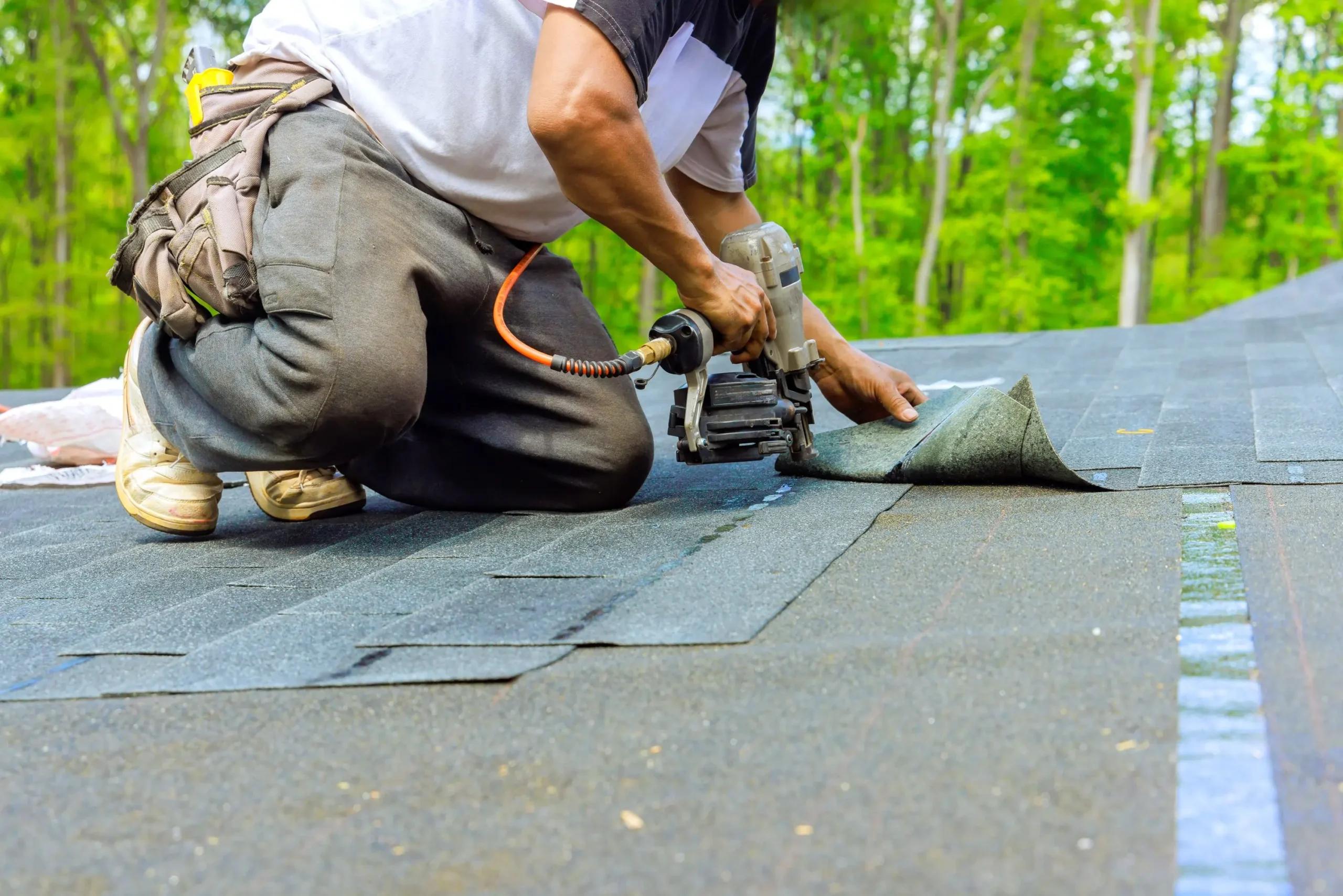The Flat commercial roof design exists in many commercial buildings.
Flat roofs appear level or almost level. It is since they differ from the
typical sloping roofs that homes feature. Flat roofs, which exist in
commercial buildings, prove both great strength and simple installation
capabilities. It also provides space for heat pumps and photovoltaic
elements. Every commercial roof design comes with particular advantages.
So commercial building owners can select the best option for their needs.
Built-Up Roofing (BUR)
Since its invention, Built-Up Roofing (BUR) has remained one of the
initial flat roof systems. The roof comprises many layers of roofing
felt and tar. The addition of gravel occurs occasionally on top of roofing
surfaces. A strong commercial roof with impressive water-blocking
capabilities protect buildings from precipitation. The component serves
as an effective barrier against both sunlight, heat, and water. A building
must be robust to bear the heavy weight of BUR because of its large mass.
Modified Bitumen Roofing
The present-day version of BUR technology is known as Modified
Bitumen Roofing. Asphalt and rubber-based substances compose
modified Bitumen roofing, which arrives in roll form. This roofing
performs well as a leak barrier and operates effectively under hot
and cold climate conditions. The commercial roof material can be
attached through the use of either a torch or glue. Builders find it simpler
to install Modified Bitumen roofs than BUR installations. They normally
select them for their smaller projects.
EPDM Roofing
The construction material used to produce roofing materials is called EPDM
appears in black rubber form. This material offers durability, together with
flexibility and extended lifetime. Large structures benefit greatly from
this flat roof design. The installation process of EPDM becomes
straightforward due to its lightweight characteristic. This commercial
roof material stands strong during both inclement weather conditions.
It holds a low need for maintenance. The flat commercial roof market
selects this type as one of its most frequently used designs.

TPO Roofing
TPO refers to Thermoplastic Polyolefin, which represents a white
single-ply roofing material. The reflective property of this white substance
allows structures to remain cooler in sunlight. The high popularity of
TPO roofing stems from its dual advantages of saving energy expenses.
They have lower installation costs than competing systems. TPO exhibits
excellent strength properties alongside UV rays and chemical resistance.
PVC Roofing
PVC serves as Polyvinyl Chloride or PVC when used as a single-ply roofing
material system that remains white in appearance. Although TPO-like in
appearance, the material maintains superior strength. It also has flexible
properties. The material PVC demonstrates resistance to water together
with fire, and chemical exposure. Restaurants, along with buildings featuring
vents, should use this roofing material. It is because it performs effectively
under grease and oil conditions.
Spray Foam Roofing
Commercial buildings receive Spray Polyurethane Foam (SPF) as a liquid
until it expands into solid foam. Commercial buildings enjoy this roofing
material. It is because it provides strong insulation properties and
effectively closes off any cracks in it. This commercial roof product offers
lightweight properties. It exists as a waterproof material that also
delivers exceptional energy efficiency. A specialist application process by
knowledgeable operators maintains the effectiveness of this system.
Metal Flat Roof
The installation of metal roofs for flat applications occurs sporadically.
They can still function as a suitable option. The commercial roof material
displays high durability and extensive lifespan potential. Aluminum,
together with steelserves as a common materials that compose metal
roofing systems. These materials reflect sun rays and function best under
snowy conditions. The price of metal flat roofs is higher. But they prove
excellent durability properties.
Green Roofs
Green roofs function as a flat commercial roof designs. It is for the exclusive
cultivation of plants on their surface. A special arrangement in these roofs
manages both plants and water. It also keeps the soil intact. Buildings that
have green roofs simultaneously fight against heat while purifying the air.
They guarantee environmentally friendly performance. The addition of
vegetation on top of buildings enhances their visual appeal. These roofing
systems need attention and correct implementation. This is before they
can support environmental goals.
Energy Efficiency Benefits
The energy-saving effects come from commercial flat roofs, including
TPO, PVC, and green roofs. The use of white or reflective materials permits
sunlight reflection. It reduces building temperatures during summer months.
The building experiences reduced air conditioning expenses while becoming
more comfortable for occupants. The selection of an energy-efficient A
flat commercial roof system creates financial benefits. It also has positive
environmental effects.
Importance of Professional Installation
Professional specialists should install all types of commercial flat roofs.
This is regardless of the exact choice made by the owner. The way a rooftop
gets installed impacts both its leak resistance and its service duration and
safety levels. Professional expertise enables total control of every
roofing material. This is to deliver proper execution of installation tasks.
Effective installation at the beginning creates fewer difficulties during later
stages of operation.
Choosing the Right Flat Roof
Every building is different. Your priorities matter. It is alongside the budget,
weather conditions. This determines the best flat commercial roof selection.
It is for commercial purposes. Roofs have unique capabilities that help with
heat retention. It also has strength as well as energy conservation. Professionals
in roofing will guide you toward selecting a suitable type.
Regular Maintenance Matters
Flat roofs of commercial buildings need ongoing maintenance despite
their initial performance quality. Time, along with weather factors, together
with debris and wear, produce small issues. This accumulates on flat
commercial roofs. Neglected early repair issues of the roof can escalate
to severe structural problems. Periodic upkeep tasks that consist of draining
maintenance, together with leakage assessment, allow the roof to
have a long life. The post-storm site inspections allow roofs to survive longer.
It keeps the building in protective condition.
Conclusion
A flat commercial roof can exist as one of several different options, such as
BUR, Modified Bitumen, EPDM, TPO, PVC, Spray Foam, and Metal. All flat
roofing options have unique features that make them suitable for different
situations. Knowing many options enables you to make the most suitable
decision. This makes your building construction unique in design and strong.
Your business will stay protected by having a quality flat roof. This yields
financial benefits throughout its operation.



